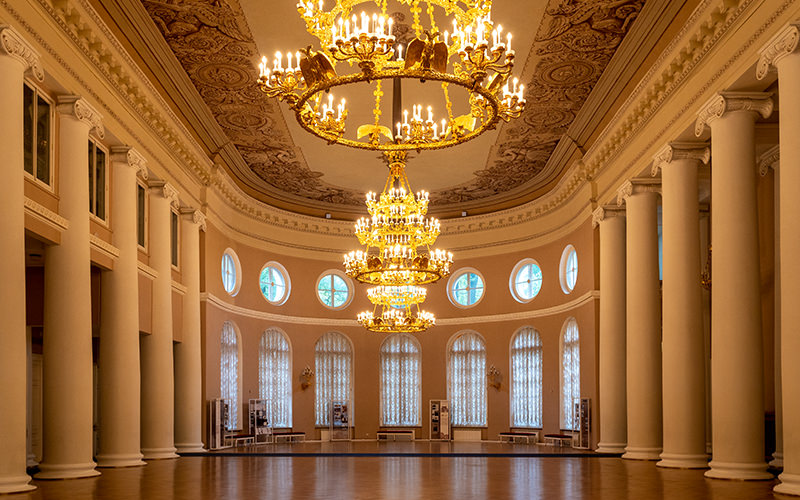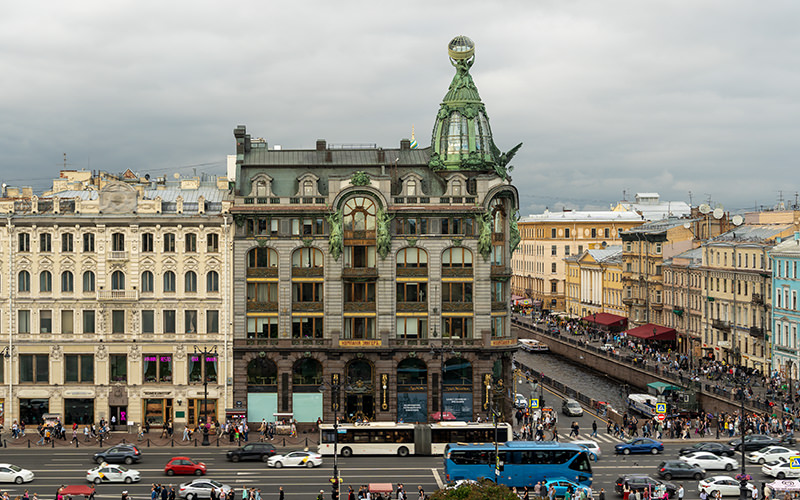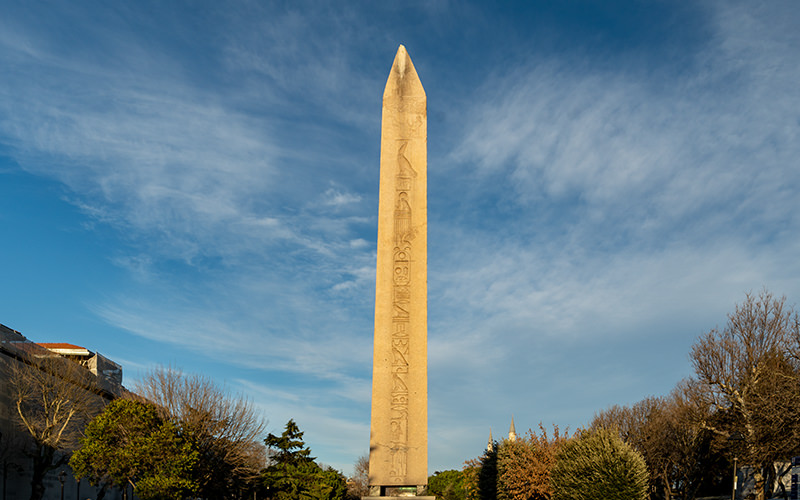Once, while planning another trip, I came across unusual photographs of dilapidated ships right in the middle of the desert. It turned out that this place is located near the Uzbek settlement of Moynaq, where one of the largest ecological disasters of the 20th century occurred.
The first of my articles about this trip will be dedicated to the city of Nukus, as it was necessary to get there first. In the next two articles, I will discuss how to get to the ship cemetery.
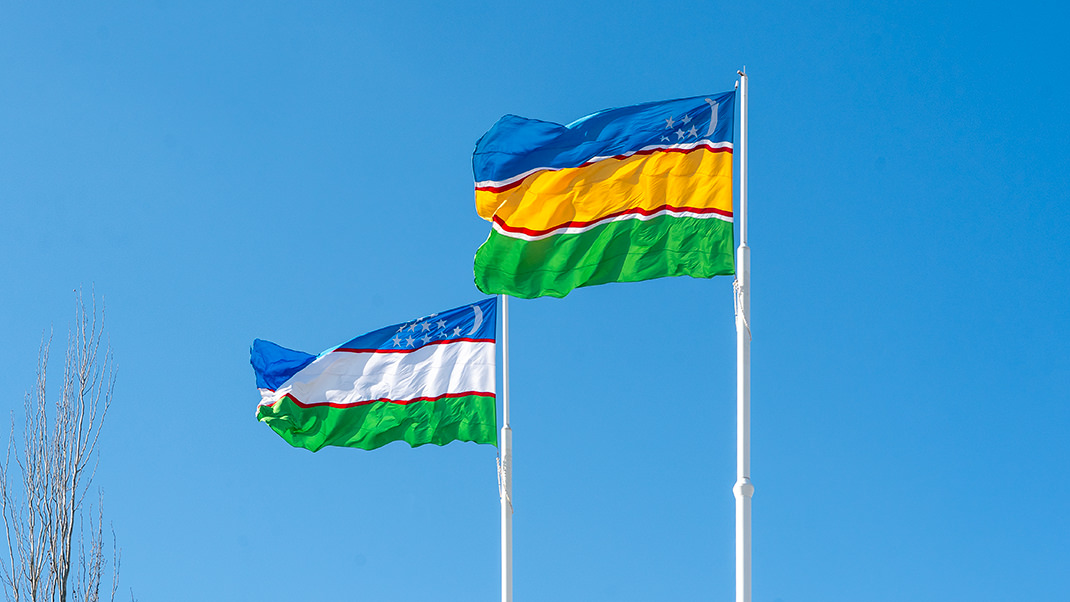
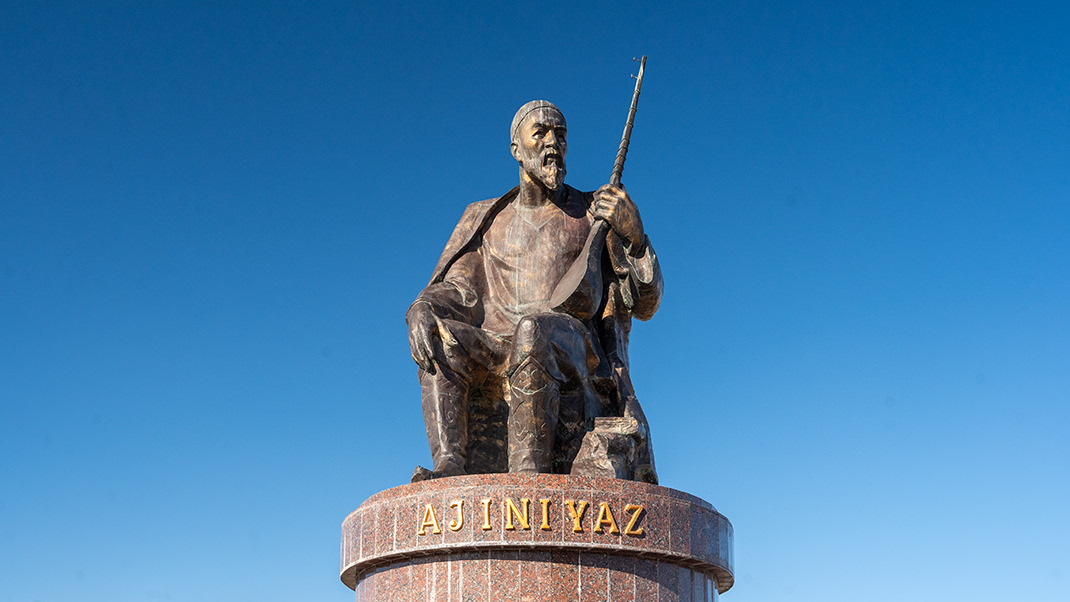
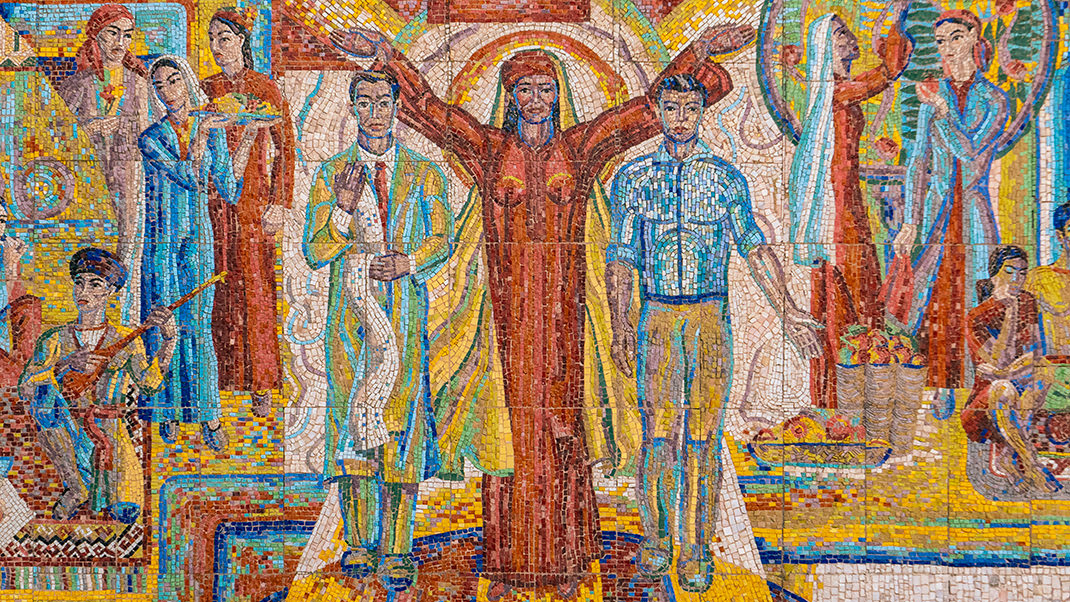
Nukus: How to Get There and Where to Stay
We flew to Nukus from Tashkent. The flight schedule is convenient, allowing you to arrive in the morning and leave in the evening. The flights are operated by Uzbekistan Airways, and the journey takes 1 hour and 40 minutes.
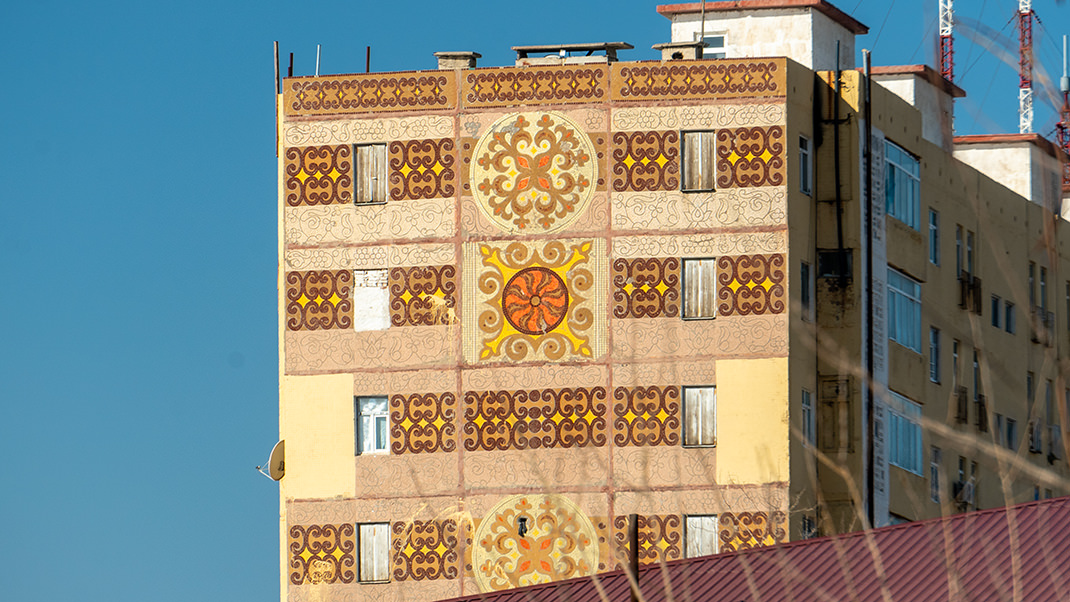
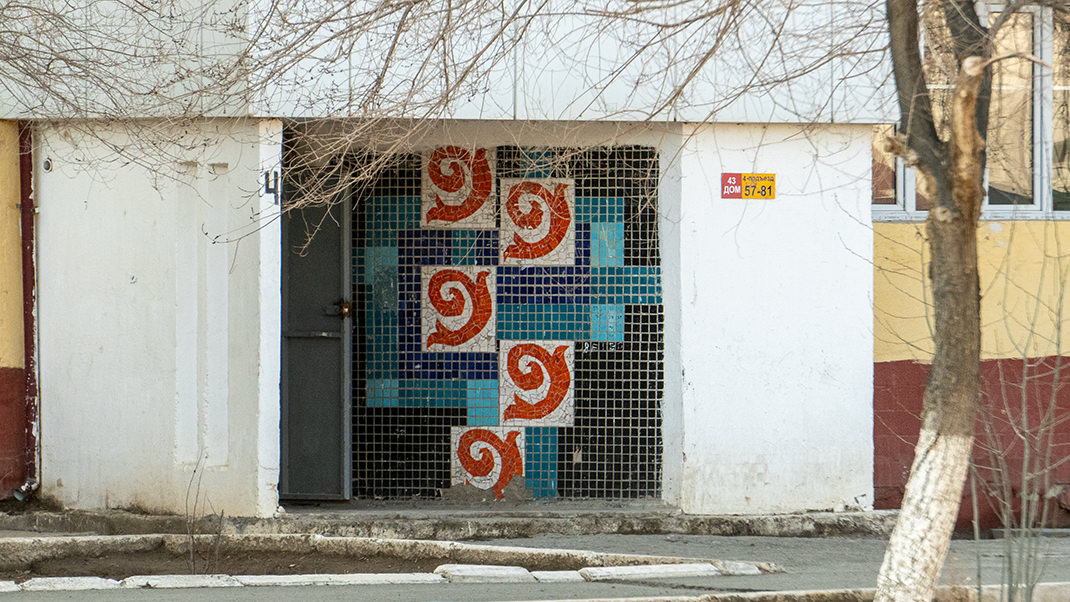
If you wish, you can visit the ship cemetery in one day, as it is located 150 kilometers from Nukus, but we had different plans. I planned the trip to try to reach the ships by a regular bus. The plane arrives in Nukus at 8:40, and the bus departs at 9:00. Therefore, we planned our trip to last three days. The first day was dedicated to the Savitsky Museum, the second to visiting the ship cemetery, and the third to exploring Nukus.
There are no major hotel chains in Nukus, but you can find several options at various price points on booking websites. We chose Pana Hotel, which is a five-minute walk from the airport. It's convenient to walk to the main attractions from here, but if you prefer, you can quickly reach any part of the city by taxi, which is quite affordable.
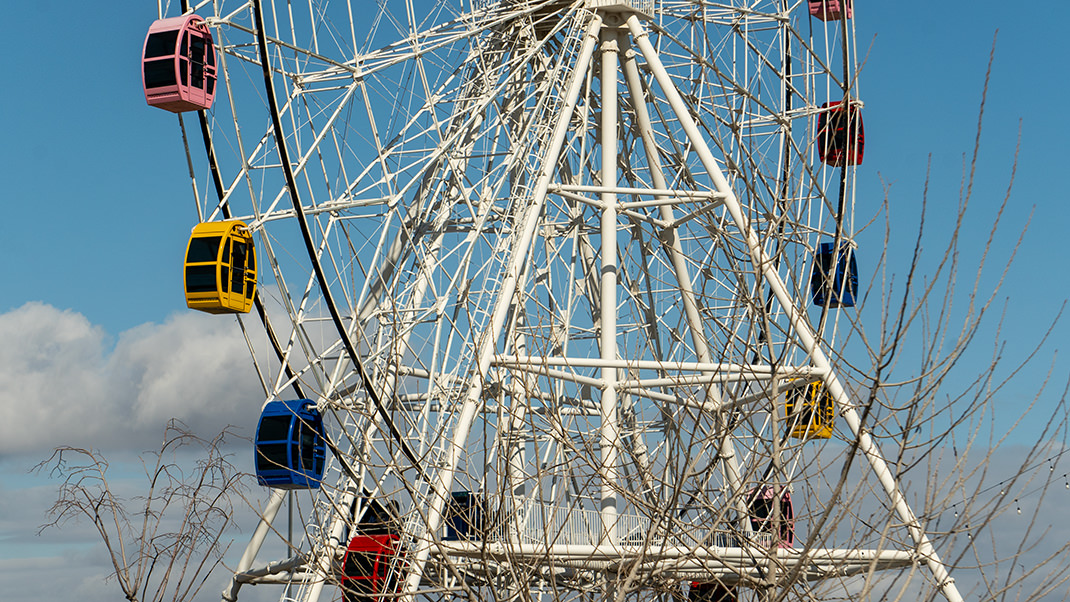
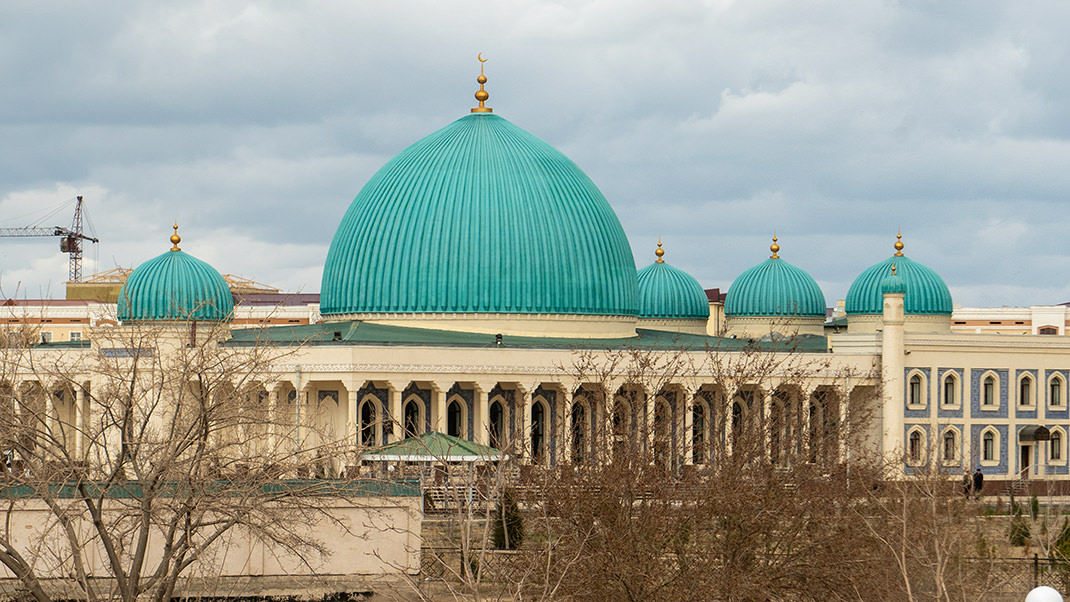

Nukus: A Walk Around the City
Nukus is a small city, with a population of about 250,000 in 2013. According to travel websites, the main attraction in Nukus is the State Museum of Arts of the Republic of Karakalpakstan named by Savitsky, but before visiting the museum, I decided to stroll through the city streets.
I hadn’t been to small towns for quite some time, so my first impression of Nukus was quite unusual. There are no large shopping centers, modern skyscrapers, or endless crowds of tourists, although the infrastructure for travelers is quite well-developed: you can find dining establishments and small shops at every corner.
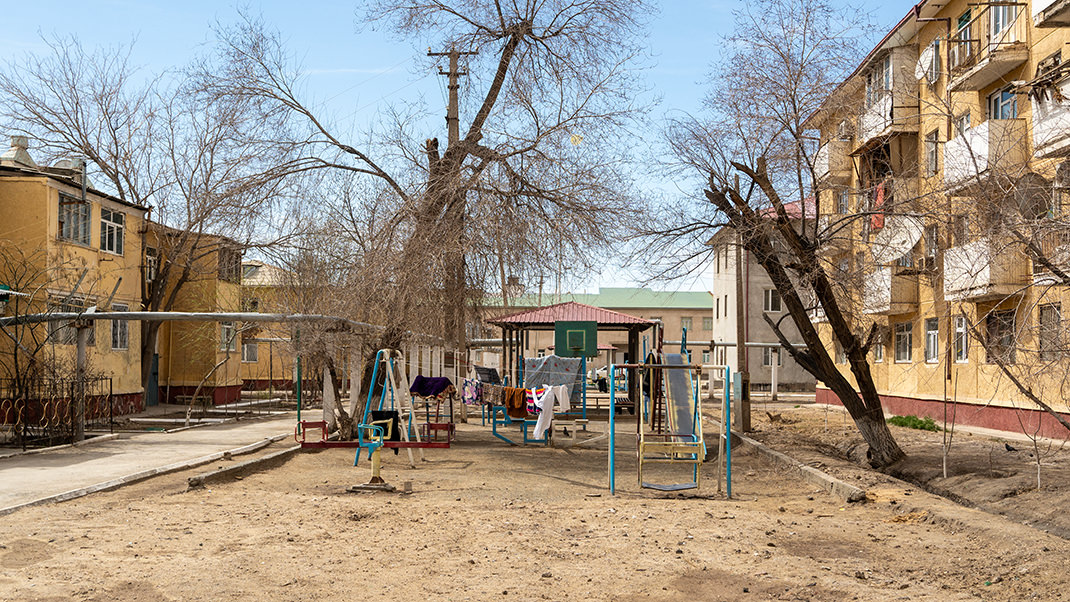
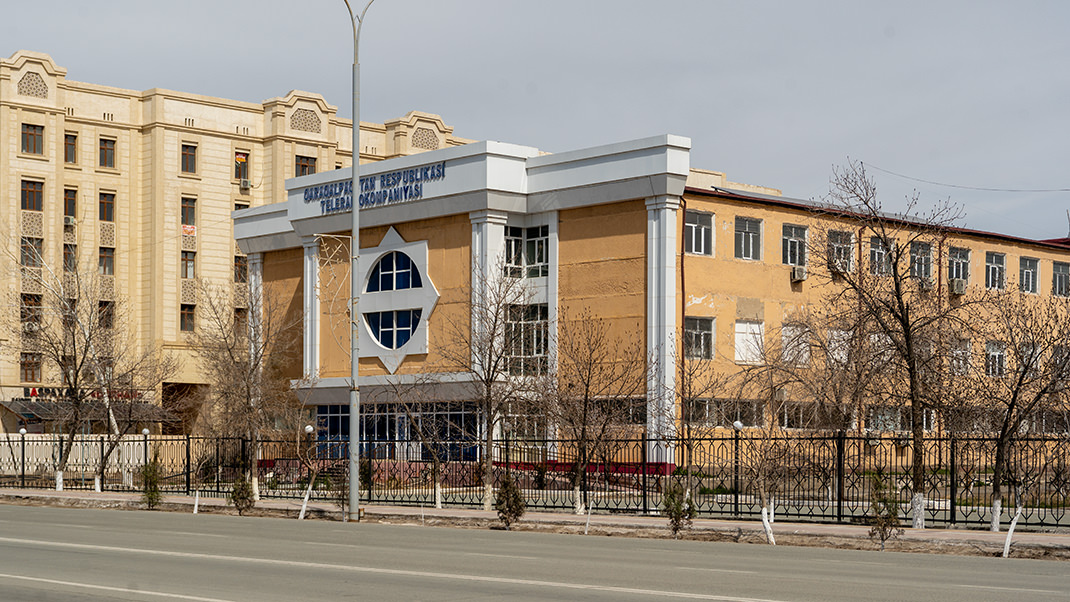
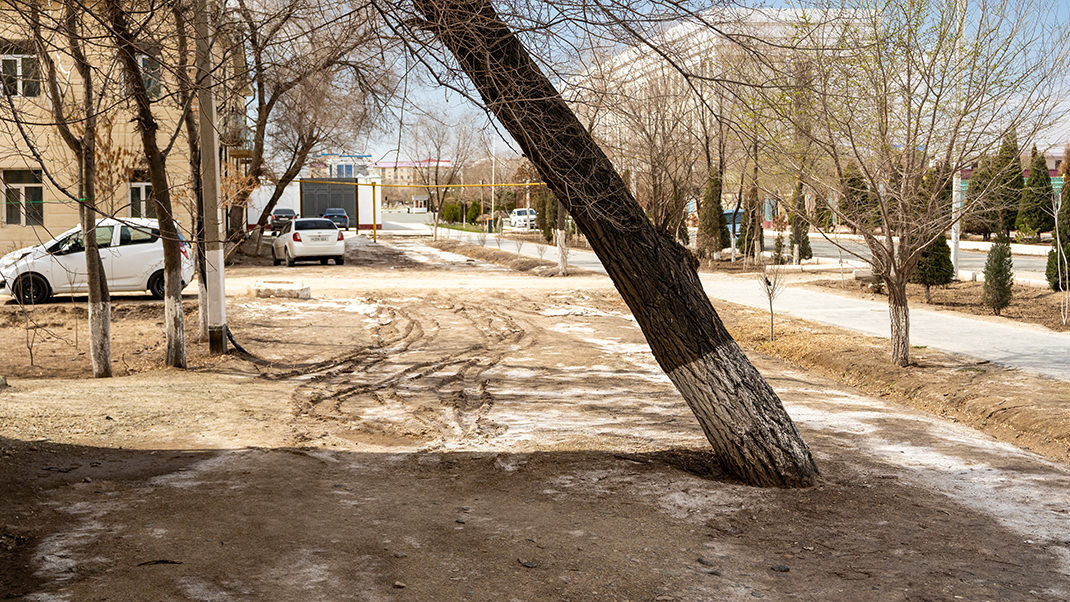
Those familiar with my articles know that I collect photos of mosaics in Tashkent. The first place I visited in Nukus was two buildings with bright mosaics on their facades. I found a few more mosaics in other parts of the city.
On my way to the mosaics, I encountered several locals who wanted to know where I came from and if I needed any help. The hospitality of the Uzbek people is known far beyond the country's borders, and in this small town, 800 kilometers away from the bustling capital, the people seemed to be the most welcoming and kind, ready to help any stranger without expecting anything in return.
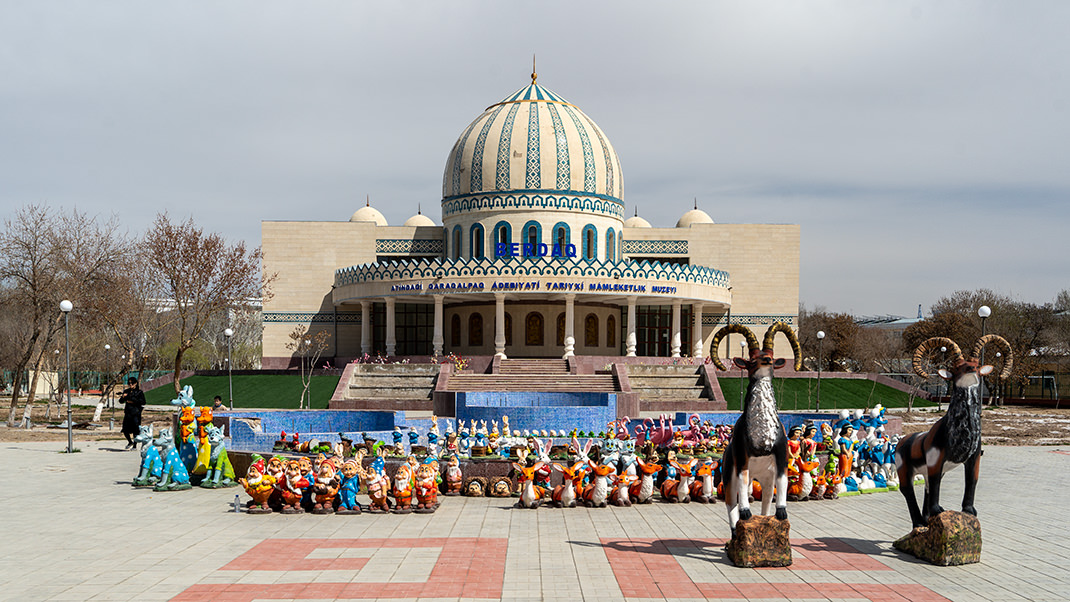
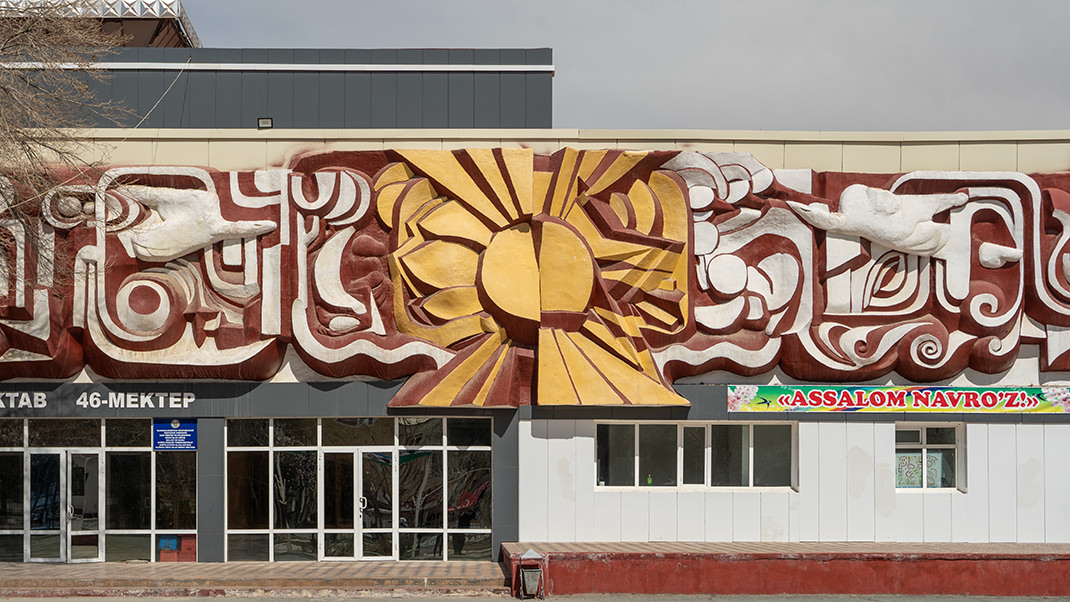
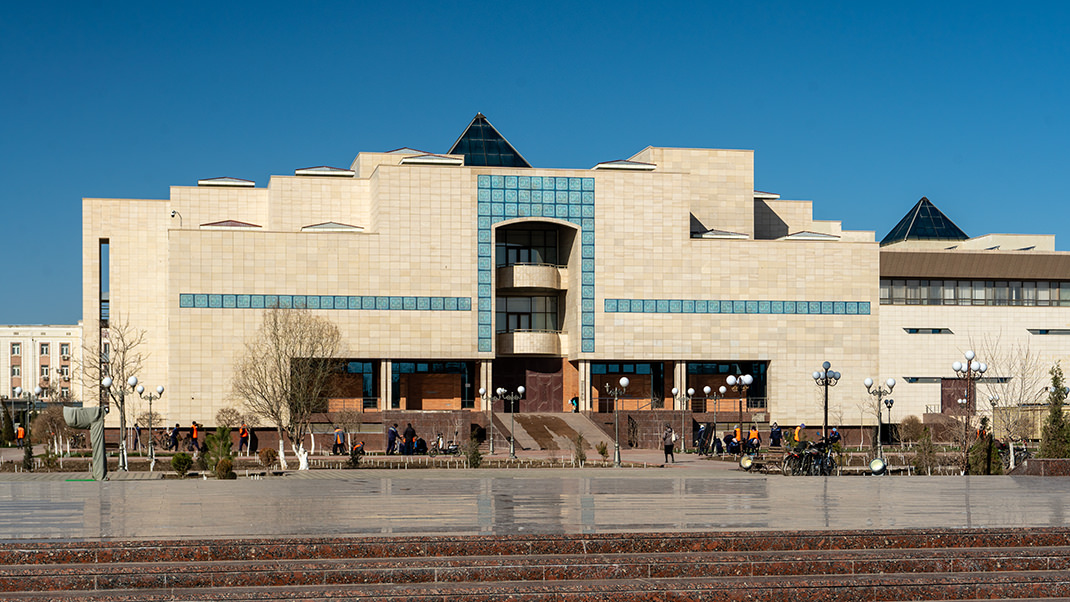
During my walk, I noticed that many parts of the city were covered with a white crust. According to locals, this is salt deposited by dust storms. The wind carries salt from the former Aral Sea bed up to 500 kilometers away. The annual weight of the spread particles reaches 100,000 tons.
The State Museum of Arts of the Republic of Karakalpakstan named by Savitsky
The museum is named after Igor Vitalyevich Savitsky, an ethnographer, art historian, museologist, and People's Artist of Karakalpakstan. In the 1950s-60s, Savitsky actively studied Eastern culture, led expeditions in Karakalpakstan, and collected information about the region's monuments. In 1966, Savitsky became the first director of the newly opened State Museum of Arts in Nukus.
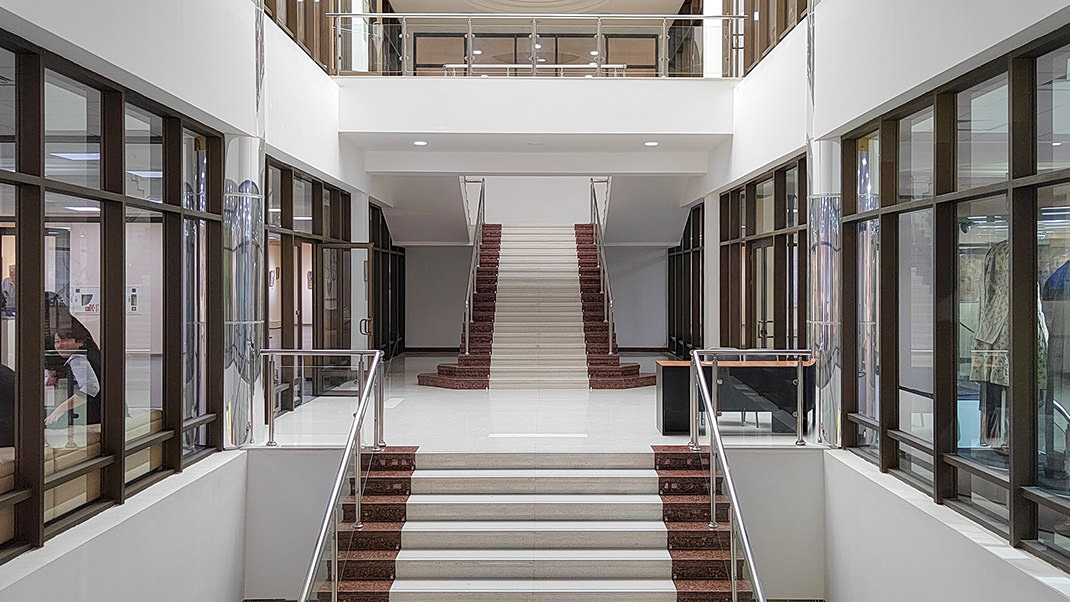
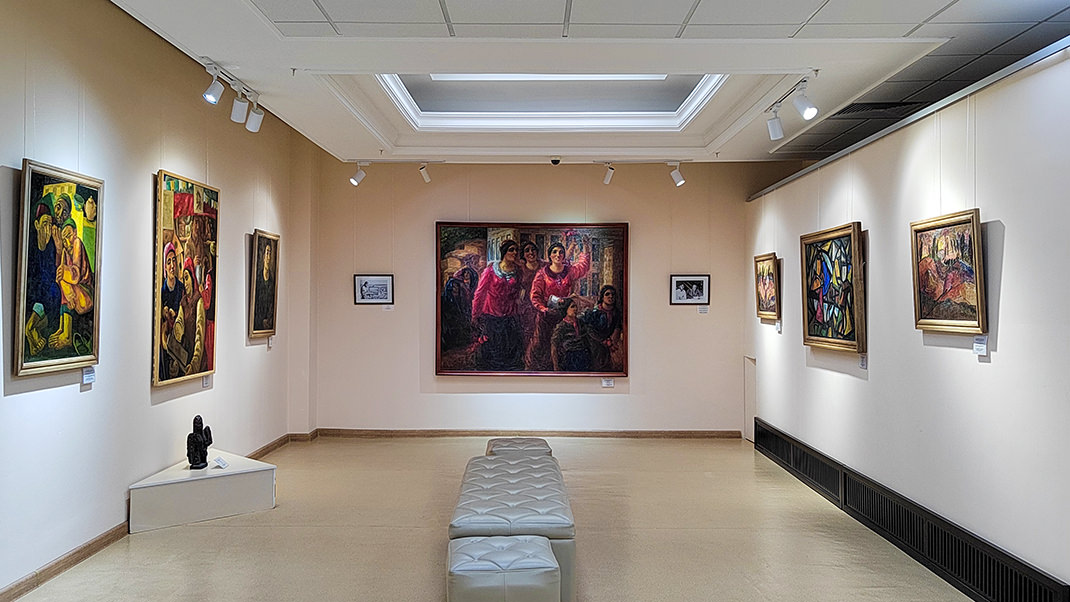
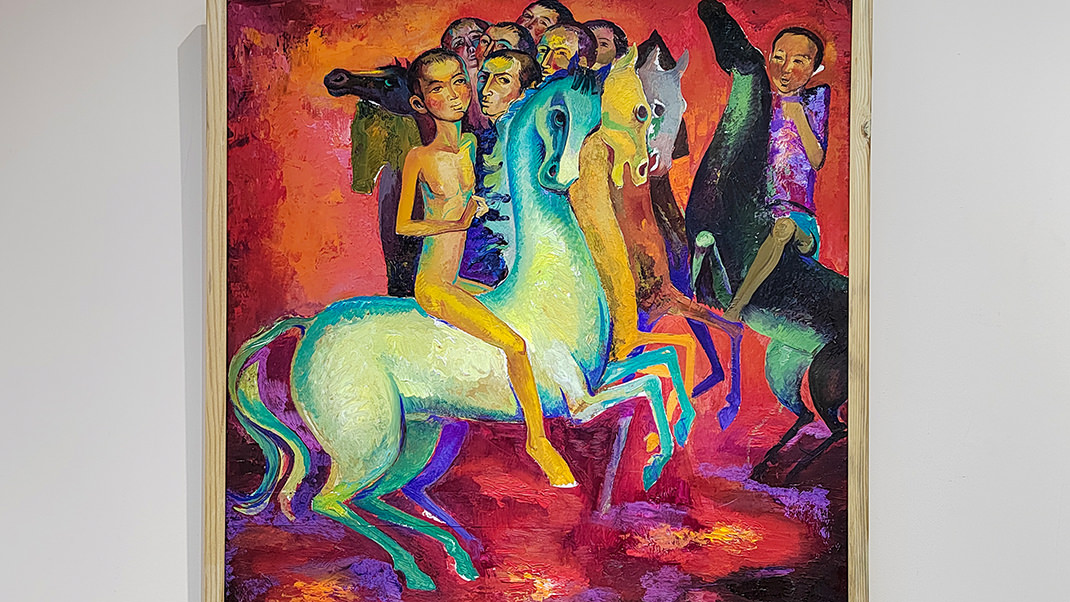
The museum's collection includes archaeological finds and items of folk and fine arts. The media often refer to this exhibition as the "Karakalpak Louvre."
As of April 2024, the entrance fee for tourists was 95,000 soums (about $7.50). The museum's website states that the price doubles on non-working and public holidays. During my visit, the first section of the museum with archaeological finds was closed, and the painting "The Bull," considered the museum's hallmark, was on display in Italy.
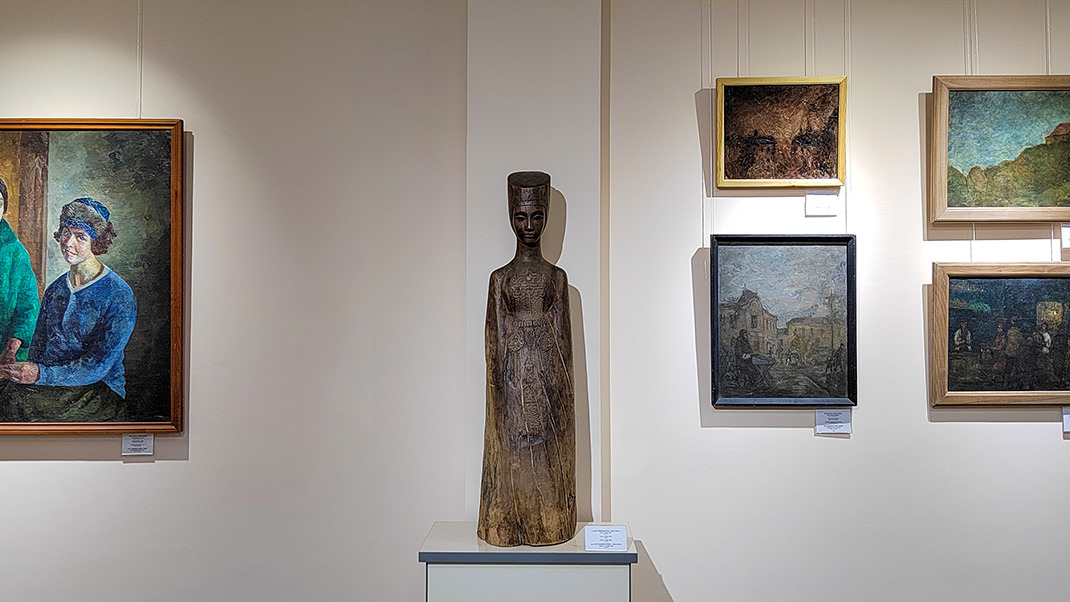
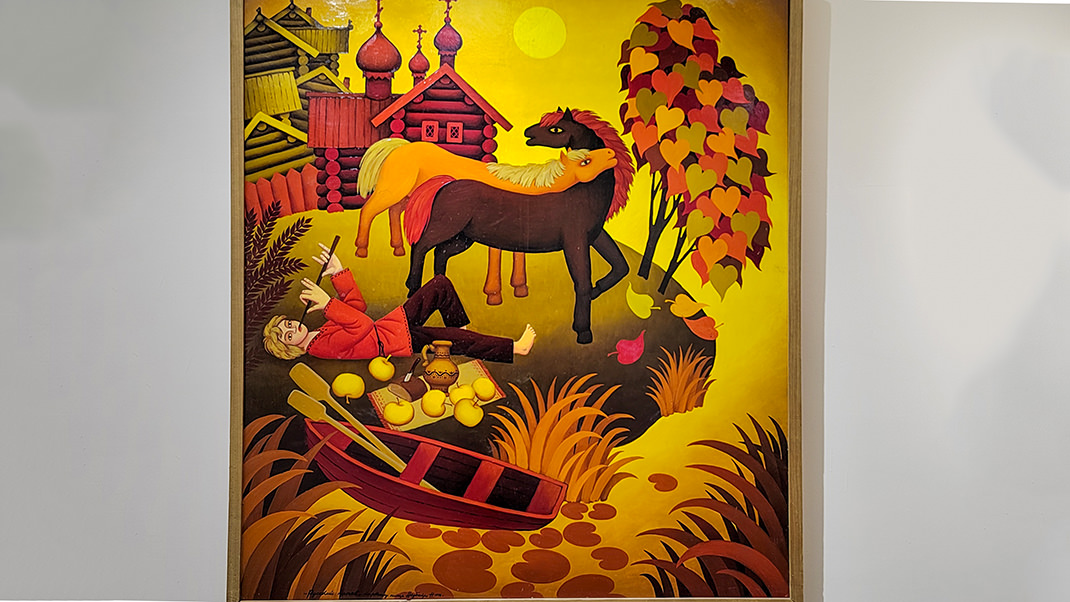
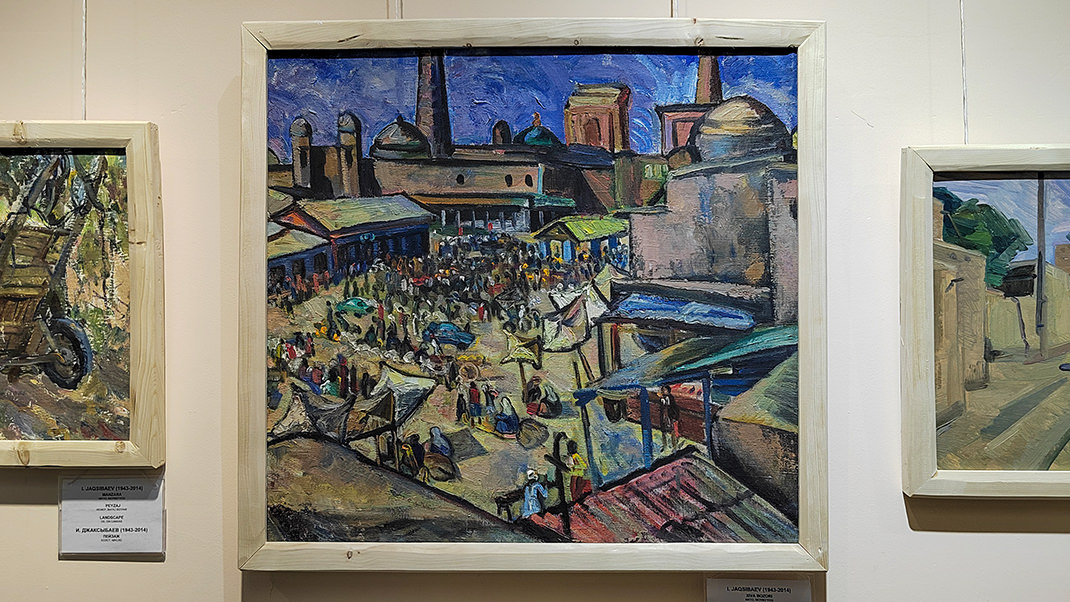
Photography costs 190,000 soums ($15), and video recording costs 1,142,000 soums ($90).
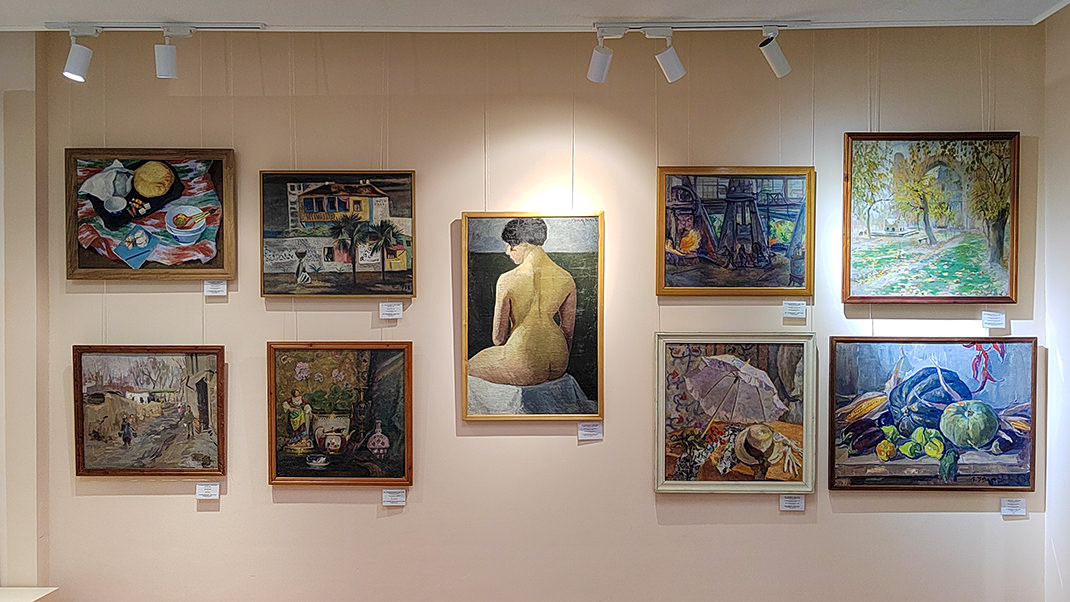
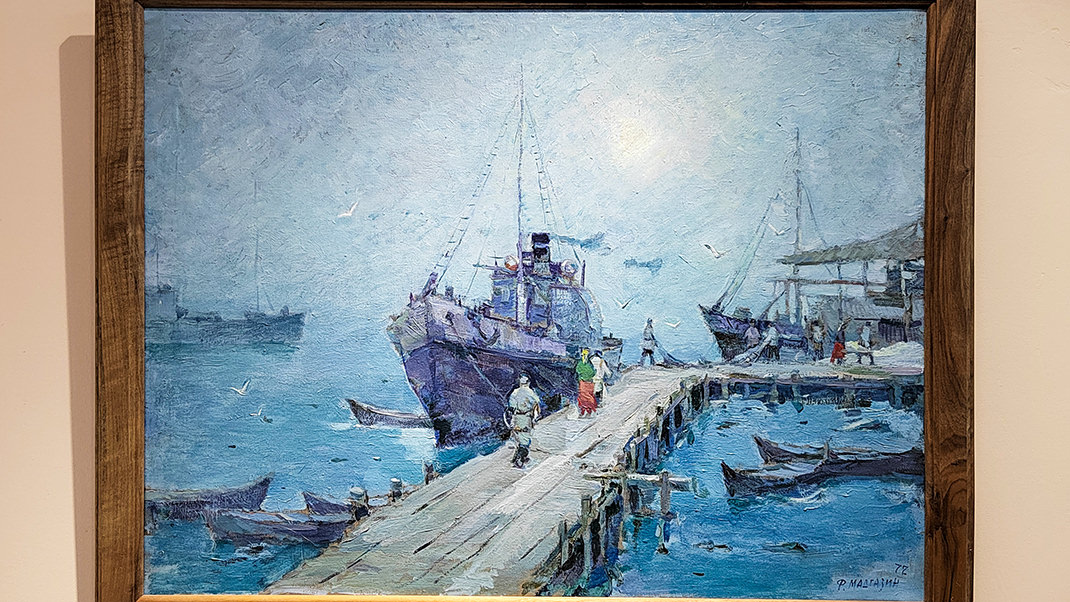
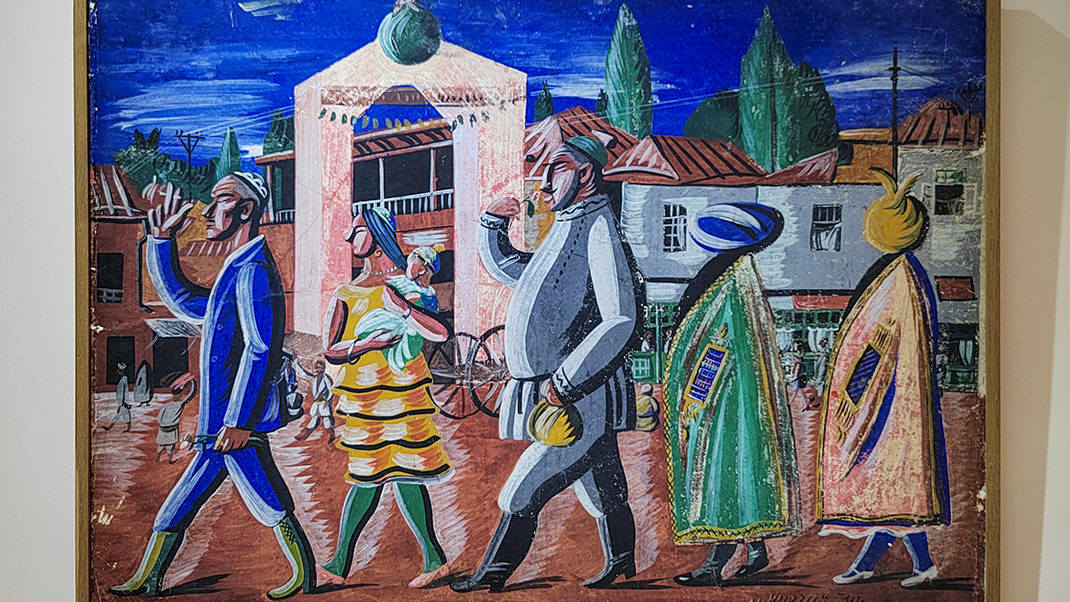
The next article about the trip to the ship cemetery will be dedicated to how to get to the shores of the former Aral Sea.
Have a nice trip!


